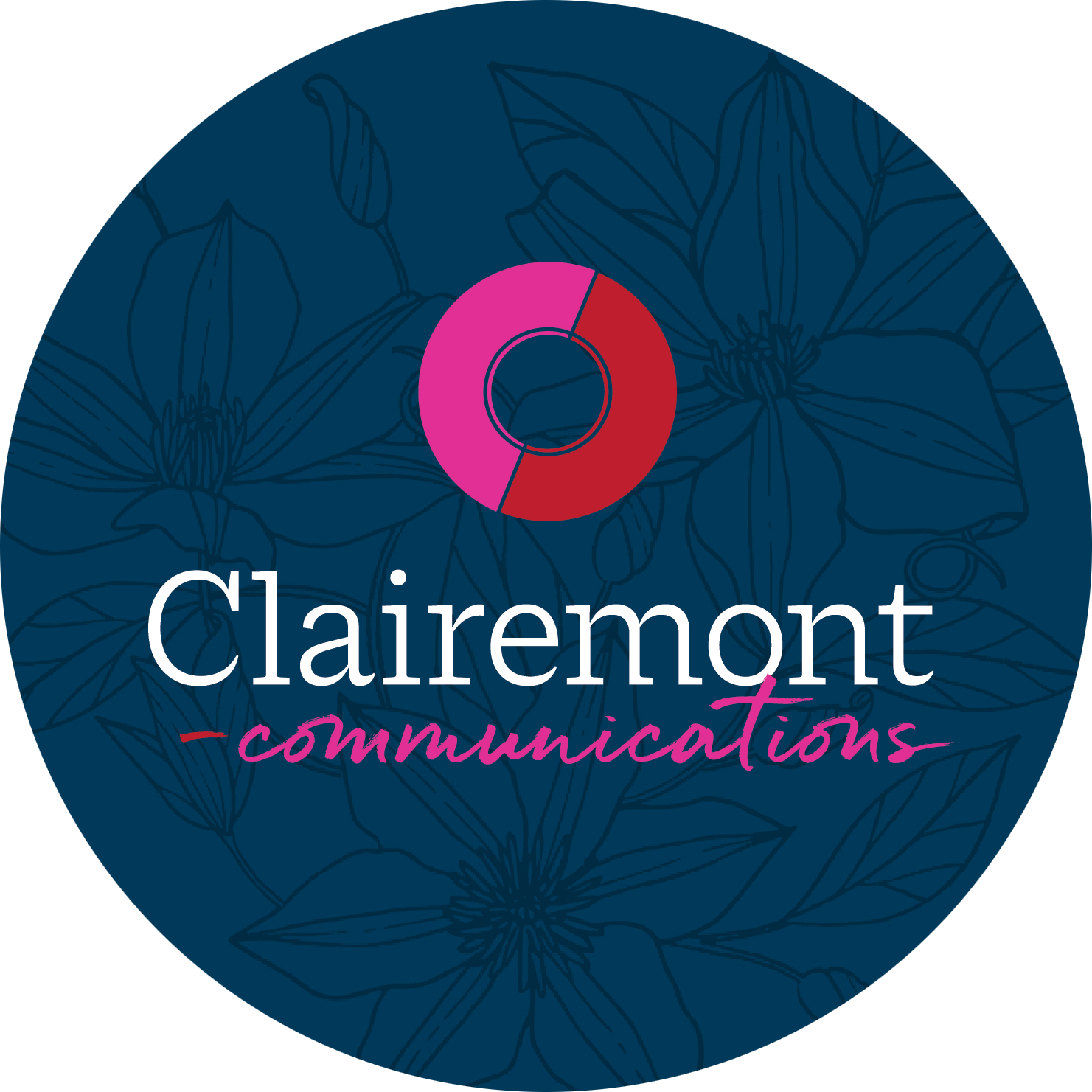Those of us in the PR business have no doubt been asked by a client at one time or another, “How do we get more media coverage?” Unfortunately, the answer to this question is never simple since there are a lot of moving targets in terms of why some stories get covered and some do not. And, while a good story is a good story, I have found that the strength of the pitch is often the deciding factor in what ends up in the media.
Successful media pitching is an acquired skill…one that takes time, and often many failed attempts, to master. While there are always new techniques to learn and approaches to try, here are a few tips that have served me well over the years.
1.Tell a good story. Everyone loves a good story. A well told story can bring the most boring of product launches to life. Stories are personable, relatable. Here’s a great example…the goal was to help our client, C.J. Scarlet, create buzz and awareness about a new device she was bringing to market. But, it was her personal history and background that intrigued the reporter and made it an interesting story. Clayton woman’s high-tech jewelry packs crime-fighting punch.
2. Pick up the phone. With email and all the social channels readily available at our fingertips these days, it can be easy to forget to just pick up the phone. In my experience, the best media pitching successes have been when I was able to talk to a reporter live on the phone and pitch the story to them directly.
3. Think like the audience. Always think like the audience while planning your pitch. What aspect will be most relevant to them? Then, be sure to acknowledge the target audience in your pitch. For example, “I wanted to let you know of a new product that will be of interest to your readers…”
4. Tie your story to a larger trend. You will have a much better chance of getting a reporter or blogger to cover your story if you are able to connect it to a larger trend. Look for national news stories or trends and find a way to make a connection. Last year, we were introducing a revolutionary doorknob and decided to lead with the pitch of how families are very busy these days and often have their hands full, rather than focusing soley on the doorknob. Tying the doorknob pitch to a larger trend translated into prime media coverage, including this story from Handy Magazine: Become a One Trip Champ.
5. Timing is everything. This cliché could not ring more true in terms of media pitching. While we certainly can’t control a natural disaster or other emergency situation, you want to make sure there is not a big event or media story breaking when you plan to contact a reporter. It’s also important to consider time of the day and day of the week depending on who you are pitching. Which brings me to my next point…
6. Do your homework. Regardless of if you are pitching a Wall Street Journal reporter, or a local food blogger, it is critical for you to do your homework. Check out what types of stories they usually cover and read what they have covered recently before contacting them. Find out how they like to be contacted and what time of day might be best.
Like I said, media pitching is an art that takes time to master…so if you’re looking for media coverage for your business, make sure to find a PR team that is well-versed in the art of media relations. Interested in more? See our award-winning media relations for Triangle Family Services’ 10th Annual Gingerbread Benefit.


These are all great tips for pitching to the media. Along with all of these tips, I also think it’s important to be persistent because if PR professionals don’t champion for their clients, their businesses won’t be as successful. I truly believe that behind every successful business is a great PR professional or agency working extremely hard to get their client’s message to the public.